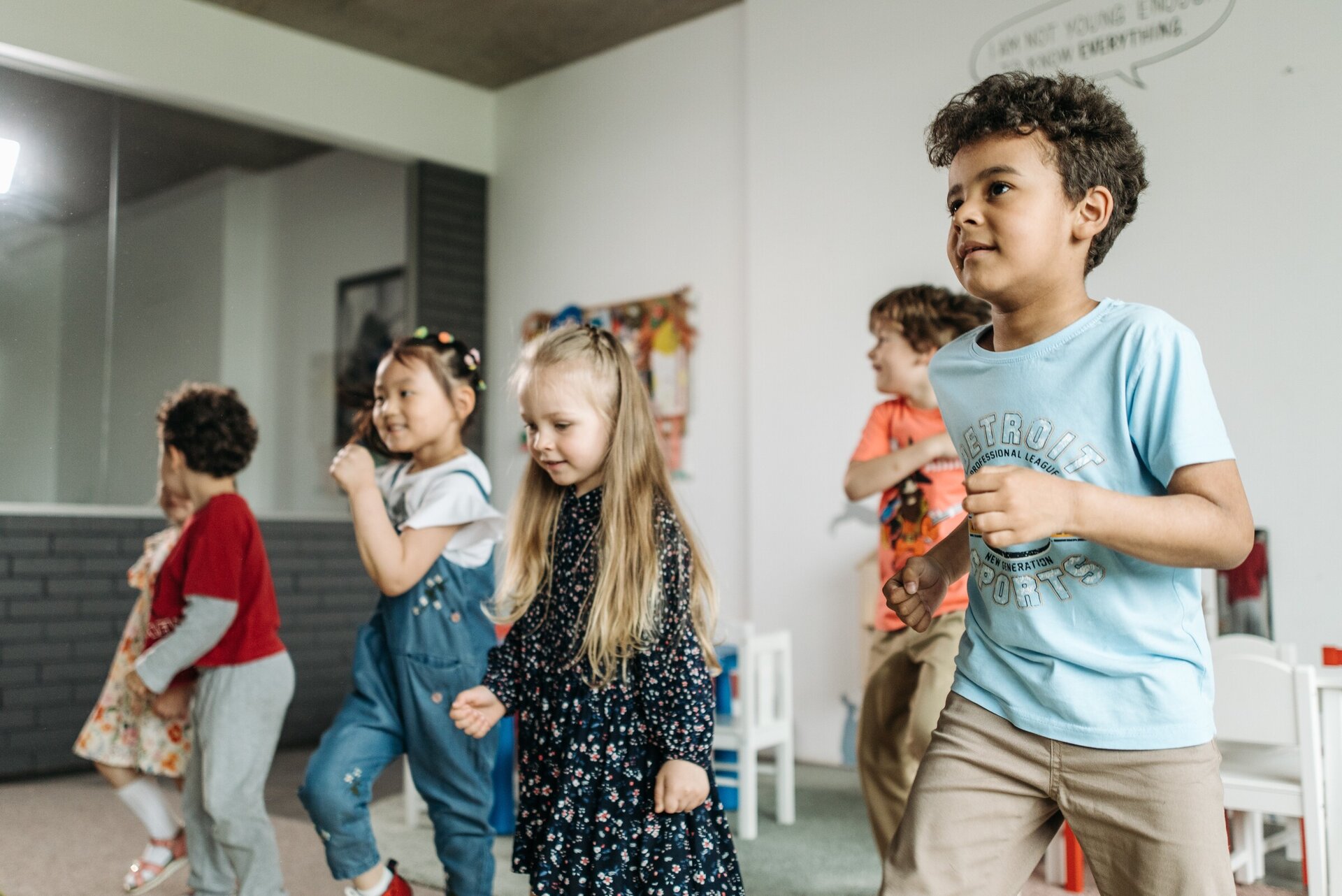MOVEMENT PROGRAMMES
Learning and behavioural difficulties frequently stem from developmental issues or delays in the early years. When the baby is born they use unconscious reflex actions to survive, BUT the baby starts learning and developing its brain when it consciously starts moving its body. Many of the foundational skills (see learning pyramid) required before academic learning are learnt through sequenced developmental movements which build upon each other, rolling, crawling, walking etc. When this developmental sequence is not ideal the foundations for learning are weakened. Adding academic learning to a weak foundation puts the foundation under pressure and results in anxiety, behavioural and learning difficulties.
Movement programmes stimulate and integrate the vestibular, proprioception, tactile and visual systems all at once. They are designed to give the brain the opportunity to “rewire” the neural pathways and strengthen the foundations so academic learning becomes easier.
The learning pyramid shows the many foundational skills that children need before academic learning. These early skills should develop naturally and in sequence to enable the body and the brain to work together.
Primitive reflexes are survival mechanisms that begin developing in utero and should serve their purpose and then be placed into “hibernation”. Postural reflexes should naturally develop after primitive reflexes and are used to support the body to complete movements easily and automatically.
Reflexes that are retained can cause blockages to learn and make academic learning much harder than it should be.
The Spinal Galant reflex is an example that can have a negative impact on learning. This reflex should be used when the baby is born naturally. It is the final push when the baby is expelled. However, if the baby needs assistance to be born such as cesarean section, forceps, or suction cap the reflex is often retained.
The effects of a retained Spinal Galant reflex can include:
bedwetting (past the age of 5yrs)
children find it hard to sit still
poor concentration
poor short-term memory
irritated by clothing labels
Usually, if only one or two reflexes are retained they do not cause a problem. However, if there are several reflexes learning is often negatively impacted.
After a detailed questionnaire and an assessment of movement skills a developmental sequenced program can be developed to help your child put these reflexes into “hibernation” develop greater confidence and improve their self-esteem.
Movement programmes will also work on sensory integration, vestibular system, posture, motor planning, body schema, hand/eye coordination, the development of bilateral integration, and ocular motor control. For greater effectiveness, it will be necessary to complete specific exercises every day at home as it takes 6 weeks of repetition for new neurons to grow and for automaticity to occur.
Reflexes that can impact development and learning
Reflexes are automatic motor movements or actions in response to sensory or motor input. Reflexes control everything that regulates the body even when we do not realise we are receiving sensory information, such as in breathing and heart rate. Reflexes also take care of us in painful or dangerous situations, eg: flight, fight, or freeze.
Primitive reflexes are automatic movements that lay the foundations of the nervous system which is responsible for processing information through the visual, auditory, touch, taste, and smell senses. Primitive reflexes are needed for survival in the first year of life and control a baby’s movements. As the child gets older the primitive reflexes should disappear to allow for postural reflexes to appear and the child to consciously learn to roll over, crawl, reach, grasp objects, talk, walk, and many other life experiences. Reflexes that are retained can interfere with learning and brain development. Every reflex should be utilized for a specific purpose at a specific time so higher areas of the brain can take over.
This table describes some of the reflexes that impact learning when retained:




